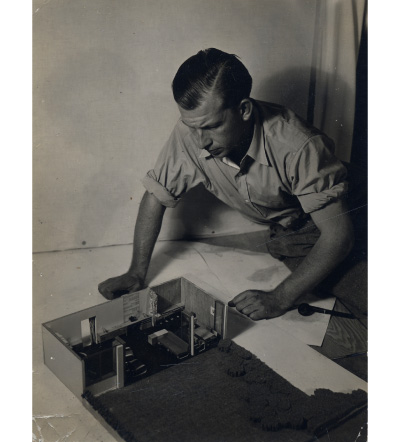From 2006 to 2007, Nadav Kander, the celebrated London-based photographer and multiple-time contributor to PLANET, traversed China’s Yangtze River documenting the rapid pace of change occurring along its banks and the effect on the Chinese people. For this impressive body of work, Kander recently won the prestigious Prix Pictet, which was awarded two weeks ago in Paris by former U.N. secretary-general Kofi Annan. The international award recognizes important photographic works with a focus on sustainable development and the environment. Kander’s subject, the Yangtze, is China’s most storied river, stretching from its source in the Kunlun Mountains down through the country’s southern heartland and back north again through China’s main industrial and commercial centers: Chongqing, Wuhan, Nanjing, and Shanghai, where its mouth opens to the East China Sea. At 4,100 miles, the Yangtze is considerably more than a river, having touched every aspect of Chinese cultural, economic, and spiritual life for over 5,000 years. For literally hundreds of millions of Chinese — more people live within a mile of its banks than in the entire United States — the Yangtze is a source of fresh water, food, energy, and is the lifeblood of a rapidly disappearing traditional way of life — in just the last decade over 3 million people have been displaced by the construction of the Three Gorges Dam. Kander’s work brings to light the enormous scale of change now underway, not just along the Yangtze but throughout China as it attempts to take another great leap forward, this time into the 21st century — and hopefully with less disastrous results.
(more…)


In terms of lifespan, architects are the opposite of rock stars. They tend to live long and do great work after their 80th birthday. Philip Johnson was still designing when he died at the age of 98. As you read this, Oscar Niemeyer, now 101, is probably scheming up his next project. Frank Lloyd Wright checked out at 91, six months before his Guggenheim Museum was to open. But Eero Saarinen is an exception. When the Finnish-born architect and furniture designer died at 51 (with nine buildings in progress), he was as famous as an architect could be. He’d designed a slick new landmark for St. Louis (the Gateway Arch) and had been on the cover of Time magazine. Perhaps most indicative of his place in 1950s America, President Eisenhower was scheduled to detonate a celebratory atom bomb at the opening of Saarinen’s General Motors Technical Center in Warren, Michigan. But that part of the festivities was cancelled.
Critics have said that Saarinen was too much of a corporate hired gun, designing safe buildings for large companies like CBS and IBM. His office parks, according the New York Times’ Nicolai Ouroussoff, “reinforced the sweeping shifts that reflected the dark side of the postwar era: the racial tensions and white flight, the excesses of the consumer culture, the suburban isolation.” And that may, in part, be true. But he was also behind some undeniably innovative designs. Eero Saarinen: Shaping the Future, a rich survey of his work at the Museum of the City of New York, succeeds at displaying the man’s range.
(more…)



Deborah Turbeville is an incorrigible romantic. Working since the early 70s as a fashion and art photographer, she developed an ethereal style, characterized by grainy, washed out, black and white images. Turbeville’s new book, Past Imperfect (Steidl, $59), is a careful study of her favorite subject: women in search. Laid out in fifteen vignettes on 190 pages, with locations ranging from coastal Rhode Island to the back alleys of Prague, the book depicts her heroines’ strife to transcend their banal existence, to seek whatever little grain of poetry can be found in their prosaic world. The photographs were taken between 1978 to 1997, some borrowed from her fashion shoots, others taken to complete her narrative of alienation.
Turbeville has a deep affinity to literature, which is easily discernable in Past Imperfect. It is no wonder that many of her models are Russian and French, the Anna Kareninas and the Madame Bovarys of her time. The book’s title refers to a quote from Proust’s article on Flaubert, which talks about the “mysterious sadness” of the past imperfect tense that insists on continuity of the past. This sense of lingering permeates Turbeville’s moody photography, in which time is not readily discernable; the photos could have been taken in 1890 or 1980. Turbeville writes about her women in the preface of the book: “I saw in them the ancient faces from a distant past… Anachronisms — walking through the streets of the present. They shared common bonds… Something of the endangered species told in their presence…”
(more…)

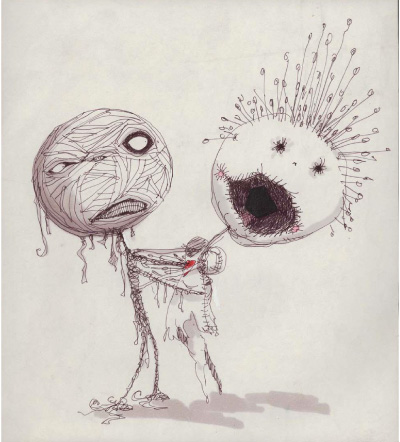
When Tim Burton, who has been compulsively drawing since the teensy age of five, was in the ninth grade he was granted first prize in a design competition for an anti-littering campaign poster. His art went on public view, whizzing about on the garbage trucks of his hometown of Burbank for the good part of two months. Now, thirty-seven years later, his creations will be displayed at the venerable Museum of Modern Art. The show will include more than 700 drawings, paintings, photographs, storyboards, moving-image works, puppets, maquettes, costumes, and other ephemera from Burton’s childhood to his adult years. Inspired perhaps by last year’s successful Dalí: Painting and Film, the retrospective aims to explore the convergence of film and visual art. Few individuals fit into this mold and the most likely candidate for the next installment is director David Lynch, who, when not working on one of his I-dare-you-to-deconstruct-this-narrative films, can be found in his art studio, attacking a canvas with a dollop of paint. But as a follow-up to Dalí, Burton makes more sense. Whereas Lynch operates in the realm of abstraction, Burton, like Dalí, is a fan of the surreal (in fact he’s considered a Pop Surrealist) and, to boot, both have worked with Disney — though to frustrating results. The cartoon that Dalí began creating for the studio in 1946 was swiftly abandoned and a short segment of it was only re-envisioned from storyboards many years after the artist’s death. Fresh from an animation degree at the California Institute of Fine Arts, Burton was hired by Disney and remembers his stint there as being as tedious as an assembly line job.
(more…)


Check out this video of a bus ride through a forest fire in Queensland, Australia, set brilliantly to Tchaichovsky. Full-screen mode recommended.



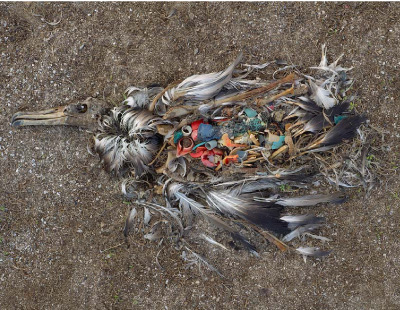
Halfway between the U.S. and Japan lies an island of albatross that have unintentionally become plastic consumers. Lighters, small toys, golf balls, toothbrushes, and bottle caps imported from the nearby Pacific Garbage Patch are among the birds’ staples. Rupturing this surreal symbioses are Chris Jordan’s Midway photographs. Taken only weeks ago, the images depict decaying carcasses of albatross chicks gorged with plastic. Intolerably beautiful (a phrase taken from another project of Jordan’s depicting our collective environmental impact), the photographs are visible consequences of our everyday lives.
Nestled in the North Pacific, Midway Atoll is a collection of three small islands that are home to seventy percent of the world’s Laysan Albatross. A once-flourishing ecosystem, the islands are now covered in plastic, brought there by adult albatross that mistake it for food and feed it to their young. Consisting on this diet of human garbage, forty percent of all albatross chicks die every year from starvation, suffocation, or poisoning. What this means for the future of the albatross is hard to determine: “But to find lethal quantities of our plastic trash inside baby birds on one of the remotest islands on Earth — it’s like a diagnosis for our planet,” Jordan remarks. “It’s a warning sign of a far bigger and more frightening issue.”
(more…)


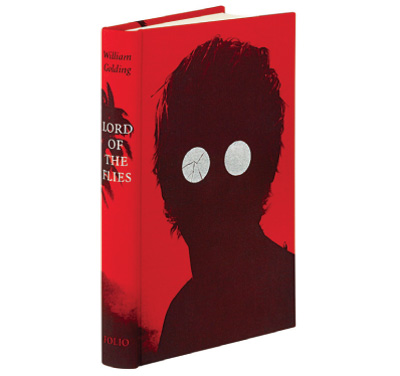
“Maybe there is a beast…maybe it’s only us.” First published in 1954, William Golding’s Lord of the Flies became an instant classic for its unrelenting, often horrifying portrayal of human nature, primitive instinct, and the disintegration of civilization. This winter, The Folio Society breathes fresh life into the polemical novel with a cloth-bound illustrated edition that both art fans and bibliophiles will appreciate. The project was truly a dream job for Alaskan-born illustrator Sam Weber whose visceral imagery lends the fable a contemporary level of pathos not yet explored in previous illustrated editions. At once understated and formidable, each painting is a reminder of how fragile the infrastructure of society can be in the midst of true evil. Sam Weber was kind enough to offer PLANET a few moments of his time for this exclusive interview.
(more…)

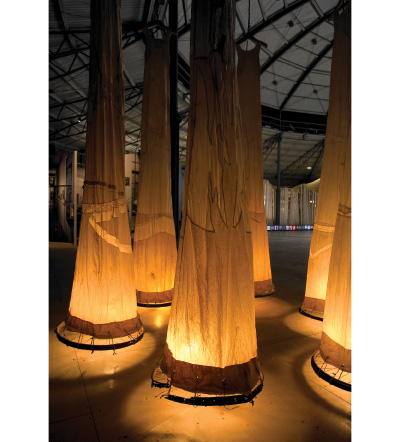
One could hardly be blamed for expecting to see a few garments at an art exhibit purportedly about style, but you won’t find a single couture-swathed mannequin at Dyfashional, the daring new project that’s causing fashionistas — even after the conclusion of their busiest season — to board one final airplane in the name of global fashion. Rather than present the clothing and trends typical of a fashion-oriented showcase, Dysfashional fancies itself an expansive investigation into the materials and mechanisms that inform style as a vehicle of self-expression. After two wildly successful tours — the first in Luxembourg to celebrate the European Capital of Culture in 2007, and the second at Mudac, Musée du Design et des Arts Appliqués Contemporains de Lausanne in 2008 — the exhibit will show its new and improved edition on October 30th at Paris’ Passage du Désir.
“Dyfashional was conceived as a site where the exhibition space becomes an experimentation space, an exploration ground for both the artists and visitors,” says curator Luca Marchetti. “As a fashion exhibition which does not exhibit clothing, Dysfashional shows that fashion is, beyond the objects that materialize it, an unstable state of sensibility.”
(more…)

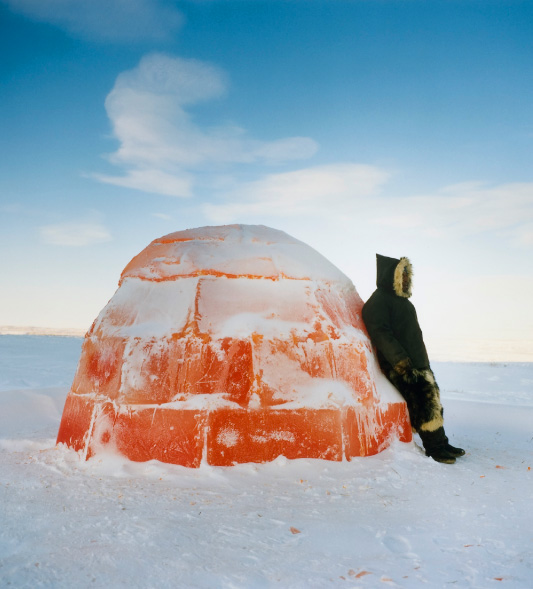
Dutch photographer Scarlett Hooft Graafland transforms inhospitable terrain into new surreal spaces. For My White Night, Graafland’s canvas is the vast white space of Igloolik, a tiny Inuit village in Nunavut, Canada. Mixing elements of photography, performance, and sculpture, the work addresses topics such as climate change and generational gaps. Allowing the landscape to “dictate the work,” Graafland creates “visual question marks without giving answers.” Inspired to work in such remote conditions because of her “nostalgia for regions that are still completely natural,” Graafland chose Igloolik because of its “traditional Inuit life and cultural activities.” What she found, however, was a land “captured between traditional life and westernized equipment.”
With over half of the population under the age of 16, most of the youth know nothing of the traditional ways of Inuit life and are completely Westernized — “going to school, learning how to use the computer, consuming Western food and drinks like soda and juices.” Addressing this disconnect is “Lemonade Igloo”. For it, Graafland fashioned lemonade ice blocks out of water and lemonade powder, and then had the elderly Inuit men use the blocks to build an igloo. When it was all finished, Graafland invited the Inuit children inside to drink orange juice.
Other works illustrate the vastly differing seasonal weather conditions characteristic of arctic environments, as well as the devastating effects of climate change.
(more…)






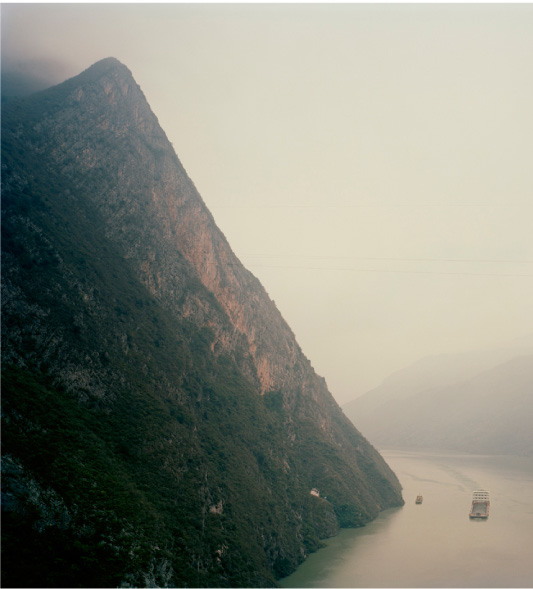
 Facebook
Facebook Permalink
Permalink Digg
Digg Reddit
Reddit LinkedIn
LinkedIn StumbleUpon
StumbleUpon Tumblr
Tumblr